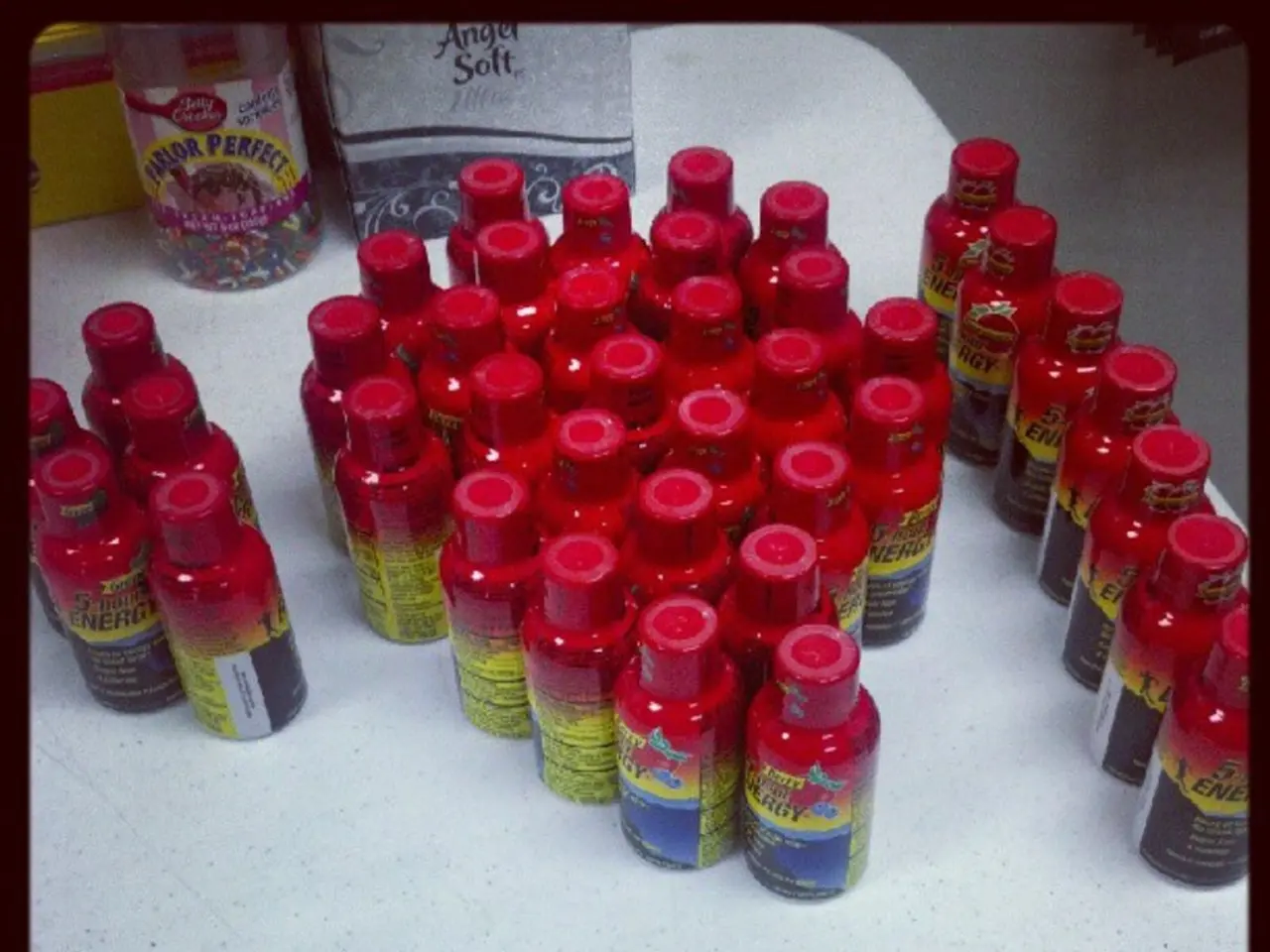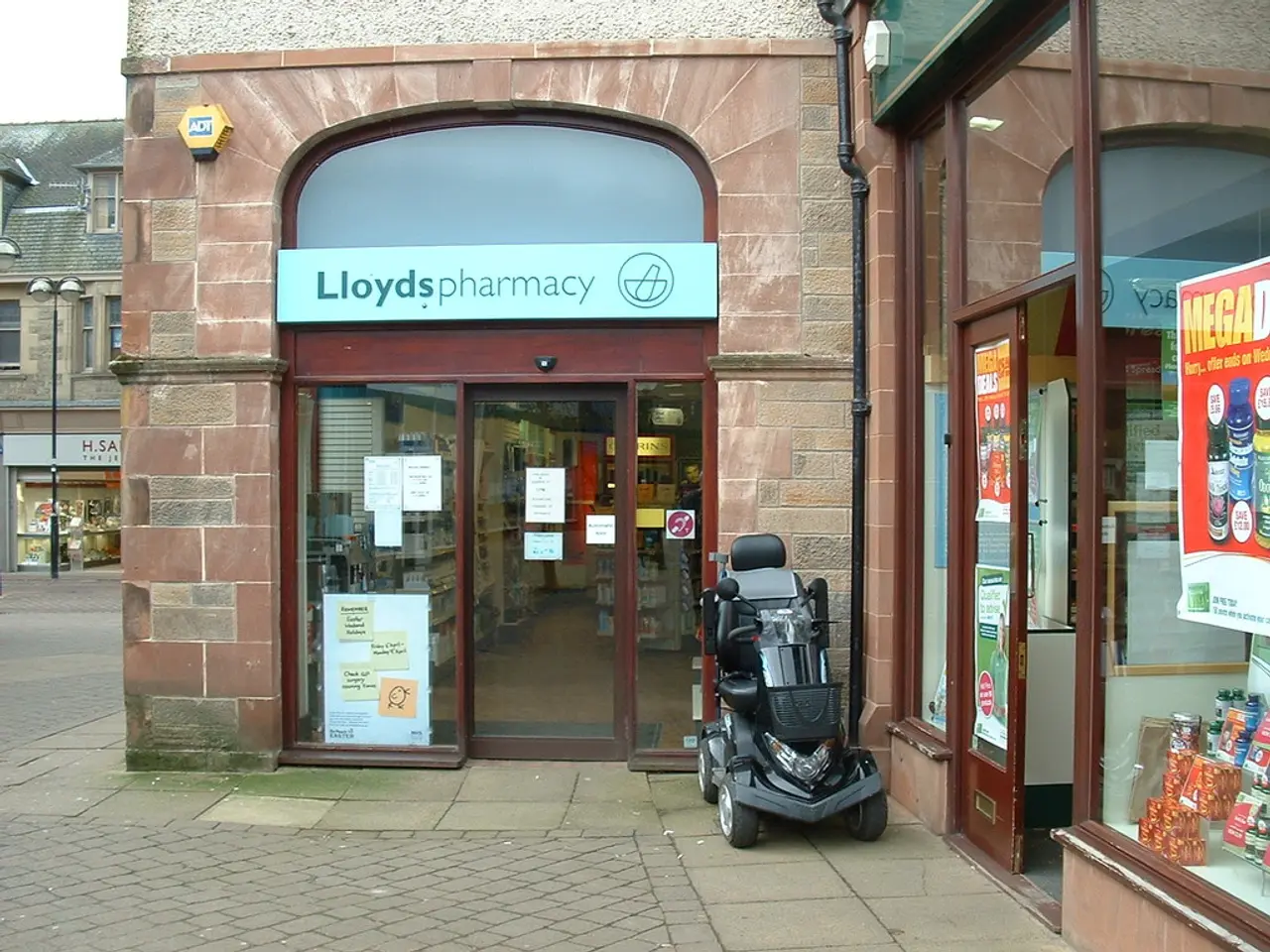Uncovering the Safety Concerns with BPA-Free Plastic and Suggesting Alternatives
In the world of consumer goods, the term "BPA-free" has become a common label, leading consumers to believe that they are making a safer choice. However, a closer look at two of BPA's alternatives, BPS (Bisphenol S) and BPF (Bisphenol F), reveals that they may not be as safe as they seem.
While polypropylene (#5) and HDPE (#2) are generally considered lower risk, BPS and BPF are often found in hard plastics, the linings of metal food and drink cans, thermal paper receipts, and some children’s toys. This widespread use raises concerns due to daily human exposure.
Research continues to show that BPS and BPF can disrupt hormones, harm reproductive systems, and persist in the environment. Hormone disruption is a key concern, as these chemicals interfere with hormone metabolism, secretion, transport, and receptor binding, disrupting endocrine system functions.
Studies using animal models suggest that BPS and BPF may cause reproductive and developmental effects similar to those associated with BPA. For instance, they may increase risks such as preeclampsia, a dangerous pregnancy complication.
Moreover, epidemiological evidence links BPA and BPF exposure to higher obesity risk, indicating these compounds may contribute to metabolic syndrome and related diseases like type 2 diabetes. Even low-dose exposures over time may increase the risk of cardiovascular diseases and diabetes.
Given these concerns, it is essential to be wary of plastic baby products, as babies are especially vulnerable to endocrine disruptors. Additionally, most companies simply self-declare "BPA-free" status, and very few extend that claim to BPS, BPF, or other analogues unless pressed.
So, what are the alternatives? Stainless steel is a popular choice for insulated water bottles, travel mugs, lunch containers, non-toxic cookware, dumbbells, and kitchen tools. Wood and bamboo can be a safe and eco-conscious choice for kitchen utensils, cutting boards, storage containers, pill organizers, and non-toxic self liners.
Glass is the gold standard for food storage, drinking glasses, non-toxic air fryer baskets, microwave steamers, and food processors. Food-grade silicone is a flexible, lightweight option that's become popular in everything from baby products, beach toys, breast milk storage bags, and popsicle molds to freezer bags.
Until brands commit to full transparency and eliminate all harmful bisphenols, the safest move is to skip plastic altogether whenever possible. Limit handling of thermal receipts, don't microwave food in plastic, and wash plastic items by hand when possible.
In conclusion, while BPS and BPF are often marketed as safer BPA alternatives, they share many of BPA’s hazardous endocrine-disrupting effects. This ongoing scientific evaluation underscores caution about bisphenol substitutes in consumer products.
- In the realm of consumer goods, BPS (Bisphenol S) and BPF (Bisphenol F) have been marketed as safer alternatives to BPA, but they may still pose potential risks due to daily human exposure and hormone disruption.
- BPS and BPF can be found in various consumer products such as hard plastics, metal food and drink can linings, thermal paper receipts, children’s toys, and more, raising concerns about their safety.
- Research indicates that BPS and BPF can cause hormone disruption, interfere with hormone metabolism, secretion, transport, and receptor binding, and potentially harm reproductive systems.
- Studies using animal models suggest that BPS and BPF may lead to reproductive and developmental effects similar to those associated with BPA, including the increased risk of preeclampsia, a dangerous pregnancy complication.
- Epidemiological evidence links BPA and BPF exposure to a higher obesity risk, potentially contributing to metabolic syndrome and related diseases like type 2 diabetes.
- Given these concerns, it is crucial to be cautious about plastic baby products as babies are especially vulnerable to endocrine disruptors, and many companies may only self-declare "BPA-free" status without considering BPS, BPF, or other analogues unless pressed.
- Efforts to reduce daily exposure to BPS, BPF, and other harmful bisphenols should include limiting handling of thermal receipts, not microwaving food in plastic, and washing plastic items by hand when possible. Alternatives to plastic include stainless steel, wood, bamboo, glass, and food-grade silicone for various consumer products.




